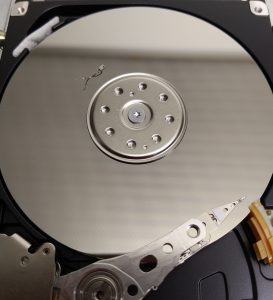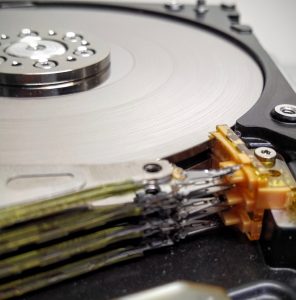 Ever hear someone say, “what is the worse that could happen?” You aren’t the only one. Very frequently, we see the end results from clients following online suggestions from various forums and YouTube videos telling end users how professional data recovery labs are scamming you out of your hard earned money and that their do it yourself ideas will save you thousands of dollars. Unfortunately, they neglect to mention the risks involved.
Ever hear someone say, “what is the worse that could happen?” You aren’t the only one. Very frequently, we see the end results from clients following online suggestions from various forums and YouTube videos telling end users how professional data recovery labs are scamming you out of your hard earned money and that their do it yourself ideas will save you thousands of dollars. Unfortunately, they neglect to mention the risks involved.
A common issue that end users experience with their external USB and their internal laptop hard disk drives is the drive gets jarred so that the heads get stuck to the platter surface. Even for data recovery professionals, the task of getting the heads moved back to the parking position can be difficult, but in many cases, this can be quite simple, if you have the right tools, environment and experience.
The problem is not so much with the stuck heads, but the damage caused as a result of the heads being stuck. It is very common and likely that the surface will have damage where the heads touched down, as well as the heads being damaged from slamming down onto the platters. So, when a data recovery professional is working on a drive with stuck heads, they are sure to not only inspect the platter surfaces, they will inspect the heads to make sure that no further damage will be caused by powering the drive back on without changing the heads. Or, in the case of damaged heads, they will replace the heads, then power the drive on in attempt to complete the data recovery procedures.
DIY procedures can vary, but the most common things we have see are freezing the drive, tapping it with a hammer and opening the top cover of the drive and manually moving the heads back to the parking ramp. Unfortunately, each of these come with huge risks of irreversible damage to the drive and possibly makes the data completely unrecoverable. Let us quickly look at each scenario and the possible risks:
 Freezing the drive – the freezing of the drive, in itself, isn’t what will cause the damage to a drive nor is it likely to fix anything either. In the few instances where it might allow the heads to break free from the platters, it does not fix the heads or the surface which means that the heads will immediately start to crash onto the surface and result in fatal media damage.
Freezing the drive – the freezing of the drive, in itself, isn’t what will cause the damage to a drive nor is it likely to fix anything either. In the few instances where it might allow the heads to break free from the platters, it does not fix the heads or the surface which means that the heads will immediately start to crash onto the surface and result in fatal media damage.- Tapping the drive with a hammer – the idea here is to break the hold of friction, but it has a greater chance of breaking the heads and leaving part of them stuck to the platter, as shown in the image above. Now you have a drive spinning at thousands of RPMs and an empty head arm sliding back and forth, scraping the surface and eventually resulting in a completely unrecoverable drive
- Open the drive and manually move the heads back to the parking position. Putting the obvious issue of dust, spit and fingerprints aside, the issues with this is that most people don’t won’t even notice the platter and head damage caused by the initial event that lead to the heads sticking to the platter or by them forcing them to move in a rather brute force procedure.
In most cases, Recovery Force is able to free up stuck heads and recover our client’s data without having to change the heads which results in us being able to recover the data at our minor data recovery price which is currently $350CAD.
One other “solution” I have heard of is hitting the drive on its edge against the table or something. Complete insanity to attempt as it is impossible to predict the heads will become loose cleanly. Most of the time they don’t. As result, the disks get scratched rendering the data unrecoverable.
Thanks for the comment. On top of this, the heads rip apart, leaving the sliders stuck to the platters and completely destroying the surface.